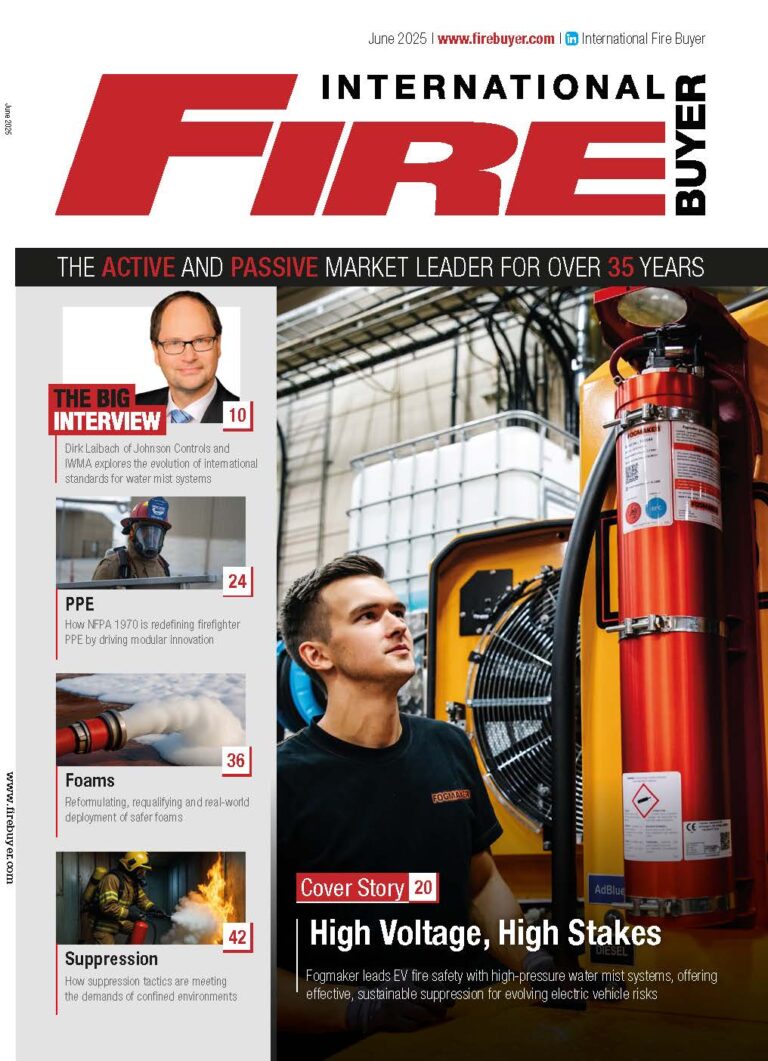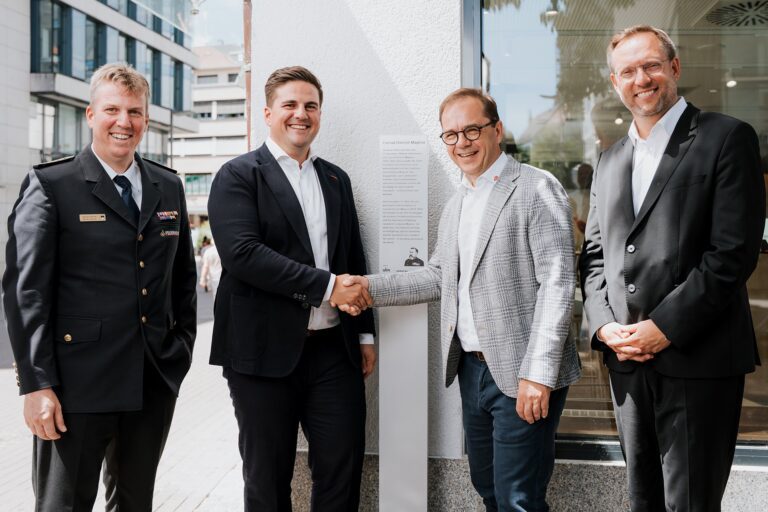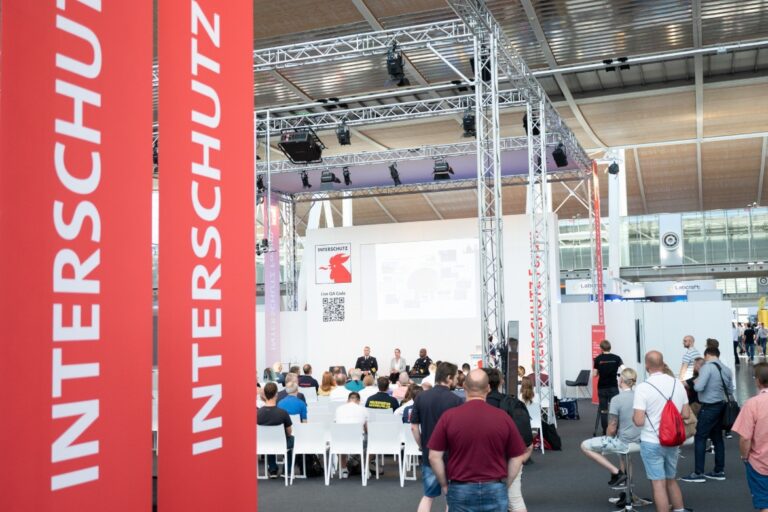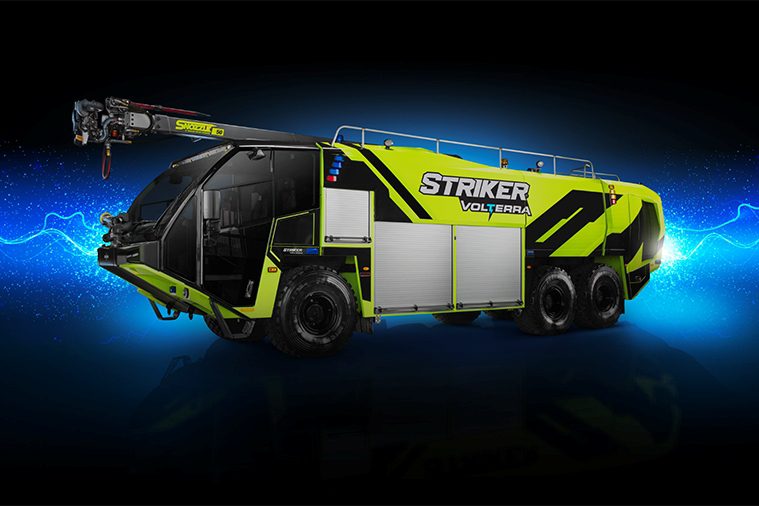Research objective and market segmentation

Geography
Western Europe
Research objective and market segmentation
The objective of this research service is to track the trends, growth, dynamics and recent developments in the western European firefighter personal protective equipment (PPE) market from 2006 to 2016.
This study segments the market by product type as follows: fire helmets, self-contained breathing apparatus (SCBA), turnout gear, fire gloves and fire boots.
The base year is 2009. Total firefighter PPE: Market Segmentation (Western Europe), 2009
Introduction
The total western European firefighter PPE market is in the mature stage, with limited opportunities for growth. This is due to the less number of new end users as well as the relatively long intervals between product replacements of the various PPE used by firefighters.
The market is stable and has more scope for replacements. Though the sales are likely to decrease gradually due to the consolidation of fire departments across Europe, it will not affect the market drastically in the short term.
However, the total western European firefighter PPE market will stabilise once the consolidations are completed.
The mature state of the total western European firefighter PPE market is characterised by intense competition. This has resulted in competitive pricing strategies by large manufacturers.
Although the total western European firefighter PPE market is not growing significantly, most firefighter PPE manufacturers are realising the potential of firefighter PPE markets in Eastern Europe, China and the Middle East.
Key Findings
The total Western European firefighter PPE market was worth 412.7 million in 2009 and is forecast to increase to 439.2 million by 2016, presenting a 26.5 million opportunity.
The market witnessed high growth rates in 2008 and 2009 due to upgrading of fire helmets, which can be attributed to an update of legislation, as well as technology developments in the SCBA market.
Though the market witnesses growth in terms of units, competitive pricing limits its revenue growth.
As with all PPE markets, growth of the firefighter PPE market is dependant on the end-user industries requiring these PPE.
As the number of firefighters is not set to increase, revenue growth
in this market will be nominal.
The SCBA market has the most significant opportunity, despite
having the smallest revenue share in the total firefighter PPE market.
This is due to the relatively long lifespan of the product.
The fire boots market has the second most significant growth opportunity. The turnout gear market provides growth opportunities of moderate significance, while the fire helmets and fire gloves markets provide the least significant growth opportunity.
Market Structure
The firefighter PPE market is fragmented, with its leading participants catering to one country rather than entire Western Europe.
The SCBA and fire helmets markets are the most consolidated. Key market participants include MSA, Dräger Safety, Rosenbauer, Schuberth, Casco, PAB, Bullard, Sicor, Scott, Sperian, Interspiro, W+R Seiz, Eska, Procoves, Texport, Southcombe Brothers, Bennet Safetywear, Viking Lifesaving Equipment, Bristol Uniforms, Lion apparel, Cosalt, Sioen, Carhartt, HAIX, Fal Seguridad, Jolly Scarpe, Steitz Secura, baltes, Hevea, Harvik, Bekina and Hunter.
PPE supplied through local manufacturers is dominant; however, there is an increase in the number of production facilities in Eastern Europe due to the significantly lower manufacturing costs in the region.
The preference for a ‘one-stop shop’ and the existence of very few manufacturers that produce more than three PPE required by fire fighters increases the significance of distributors.
Both local and international suppliers work through distributors
(95 per cent), while some conduct business directly (5 per cent).
Purchasing is done either through a central procurement agency
(government department, municipality or fire services representative
body) or directly with fire services. Public funds are used to purchase PPE.
Manufacturers with a strong presence or local subsidiary prefer to conduct business directly; however, it is still dependant on approach followed to make purchases historically through central procurement agencies. Bristol Uniforms, for example, is dominant within the UK market, and it supplies brigades directly.
Recommendations and conclusions
Recommendations are split into two categories – short medium- term and long-term recommendations. Increasing brand awareness and improving service levels are the important factors in securing contracts, specifically in the short term, for relatively low cost implications.
Setting up local offices within target countries is another effective strategy for gaining more market share.
Long-term recommendations include geographic expansion,
mergers and acquisitions as well as expanding into other firefighter
PPE applications.
In the stable total western European firefighter PPE market, there are limited drivers; however, improvements in technology are the significant among them, while price war, expansion into other fire fighting applications and shrinking number of end users are the restraints.
As the market is stable and has limited growth opportunities, the importance of winning and retaining contracts is more important for manufacturers.
Manufacturers can do the following to ensure that they win contracts:
Upgrade products according to legislation changes and (if possible) pre-empt legislation changes – If a manufacturer cannot offer products that meet the latest legislation requirements at the time when fire services replace their equipment, they are likely to award the contract to another supplier that is able to do so.
Provide excellent customer service and value added services –
Servicing customers and ensuring that they are satisfied with the functioning and performance of their products is important.
However, providing additional services, such as repair, cleaning,
maintenance and life-time tracking, increases customer confidence.
Recommendations and conclusions
Meet customer needs and adjust to changing roles – Meeting the needs of customers is a basic business success tool, but in a stagnant market, the response to changing needs (such as expansion into other types of firefighting roles) can play a significant role in retaining customers.
R&D and new product development – Increased levels of market competition has resulted in manufacturers spending extensive amounts of time on improving the existing products and developing new ones that improve the current performance levels.
Innovations to reduce stress on the wearer are becoming important
to win contracts, and constant R&D is vital to retain contracts.




































